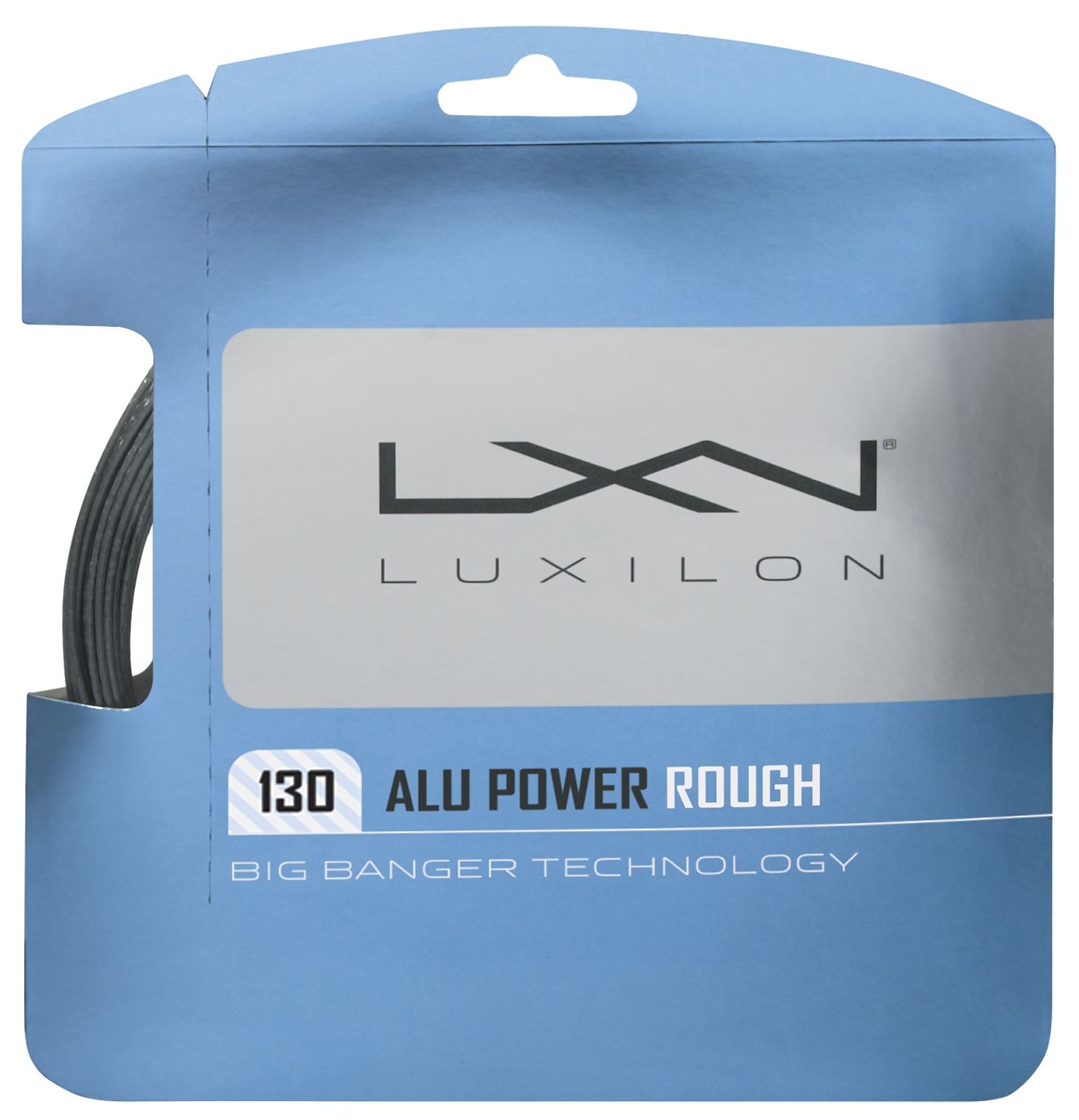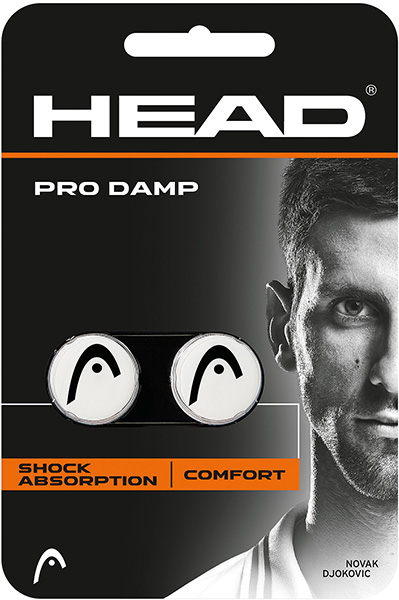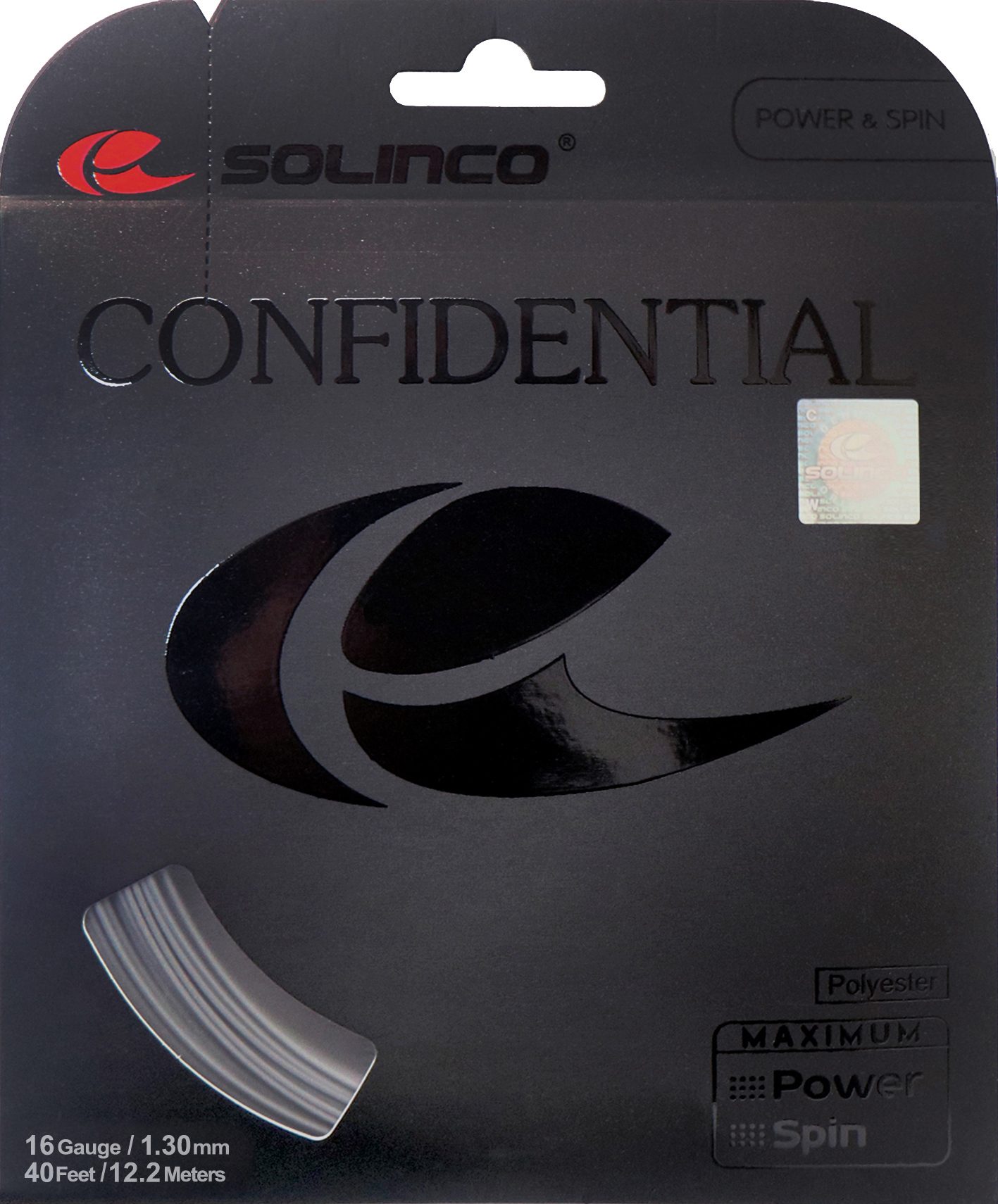20,56 €
Save 27%Each offer available in the Tennis Zone is an original product, coming directly from manufacturers or trusted distributors.

20,56 €
Save 27%
20,56 €
The Luxilon Big Banger Alu Power Rough 130 offers a cutting-edge combination of power and control, guaranteed to satisfy players who appreciate taut, active racket strings. Its corrugated design allows for greater ball rotation, giving you an upper hand in precision strikes that outsmart your opponent every time.
The Luxilon string is an undeniable number one in the world of tennis. It is preferred by 65% of the top 100 ATP male players and 45% of the top 100 WTA female players, which testifies to the confidence that professional athletes have in this product.

| Article number: | ST70405.1 |
|---|---|
| Material: | co-polyester |
| Properties: | dynamic feel maintenance of tension spin strength |
| String length (m): | 12,2 |
| String profile: | modified profile |
| Structure: | monofilament |
The Luxilon Big Banger Alu Power Rough 130 offers a cutting-edge combination of power and control, guaranteed to satisfy players who appreciate taut, active racket strings. Its corrugated design allows for greater ball rotation, giving you an upper hand in precision strikes that outsmart your opponent every time.
The Luxilon string is an undeniable number one in the world of tennis. It is preferred by 65% of the top 100 ATP male players and 45% of the top 100 WTA female players, which testifies to the confidence that professional athletes have in this product.

| Article number: | ST70405.1 |
|---|---|
| Material: | co-polyester |
| Properties: | dynamic feel maintenance of tension spin strength |
| String length (m): | 12,2 |
| String profile: | modified profile |
| Structure: | monofilament |
Each offer available in the Tennis Zone is an original product, coming directly from manufacturers or trusted distributors.
Sign up for the free newsletter and do not miss any promotions and news, as well as individual offers from our store.
Functional cookies are absolutely necessary for the functionality of the web shop. These cookies assign a unique random ID to your browser so that your unhindered shopping experience can be guaranteed over several page views.
Marketing cookies are used to display advertisements on the website in a targeted and individualized manner across multiple page views and browser sessions.
Tracking cookies help the shop operator to collect and evaluate information about the behaviour of users on their website.
These cookies are used to collect and process information about the use of the website by users, in order to subsequently personalise advertising and/or content in other contexts.
Service cookies are used to provide the user with additional offers (e.g. live chats) on the website. Information obtained via these service cookies may also be processed for site analysis.




